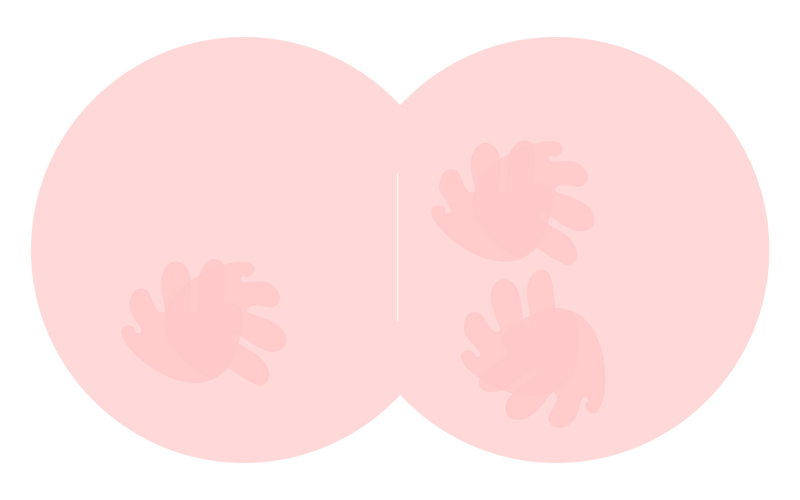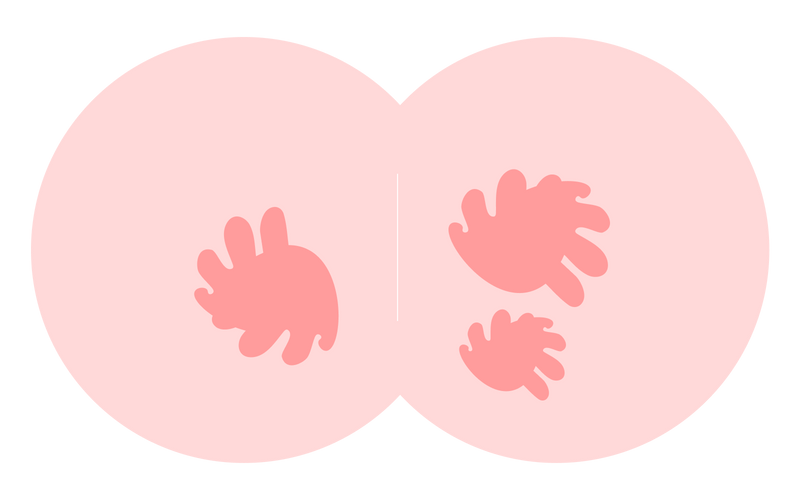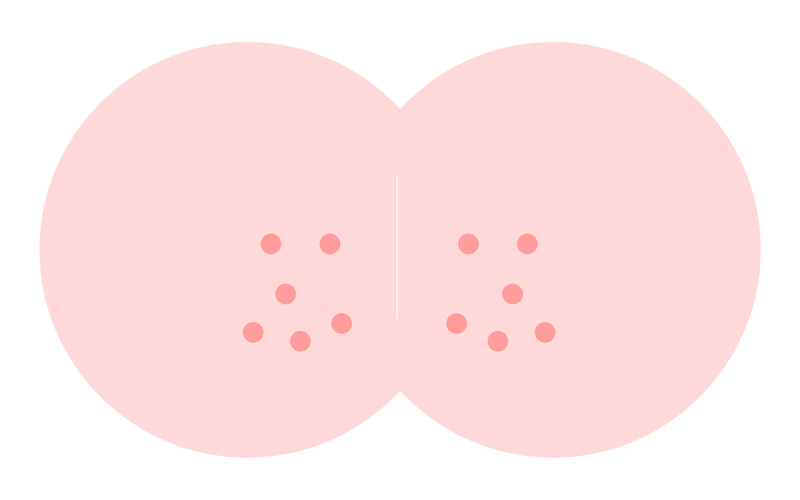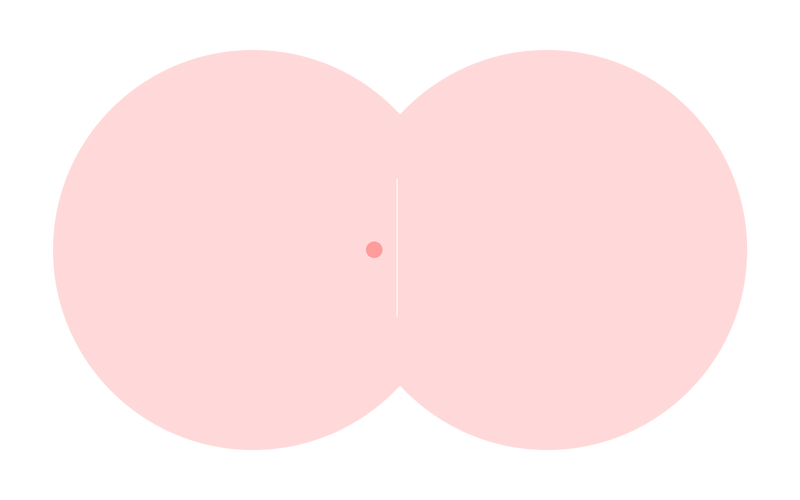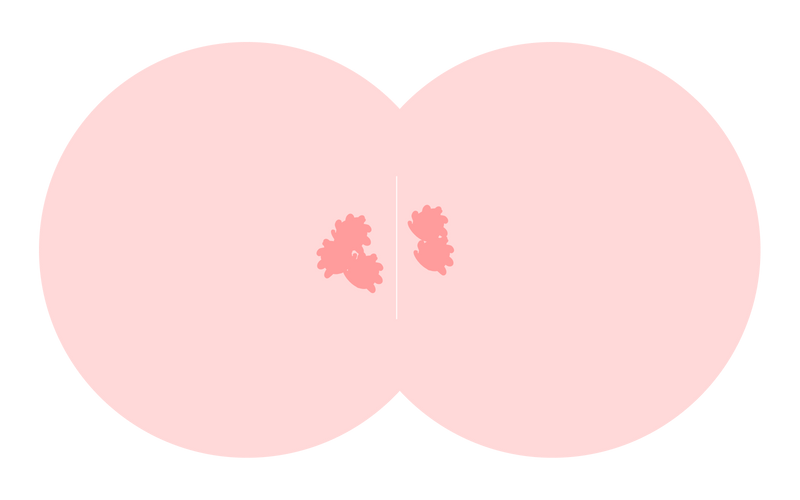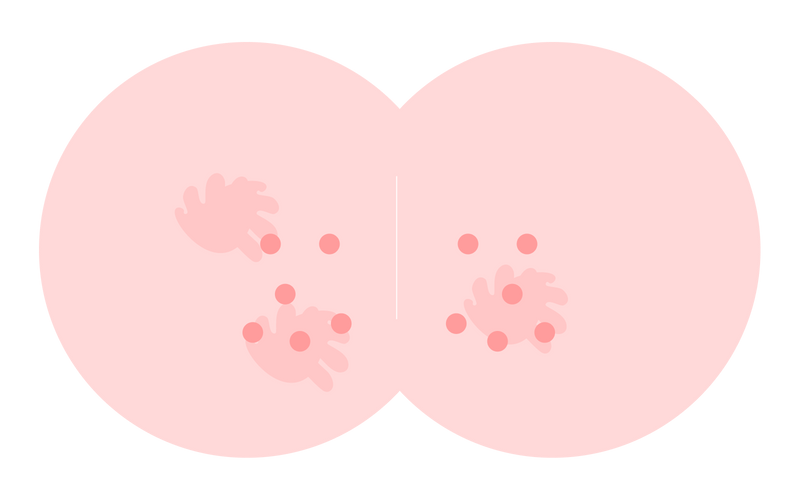
As a parent, you expect lots of diaper changes, but you may not expect all the diaper rashes! Those angry red irritations can turn even the sweetest baby into a fussy little one, leaving behind sore bottoms (baby), feelings of helplessness (parent), and lots of crying (both). All you want is instant, lasting relief to erase those tears.
Diaper rash is very common, occurring in half of all babies by 15 months, but can still be scary for new parents. The skin condition occurs when skin under the diaper becomes irritated by wetness and friction and is exacerbated by milestones that change the consistency of waste such as teething, medications, and starting solids.
Fortunately, there are proven ways to prevent, treat, and soothe diaper rash. Here are a few tips from us to help give you peace of mind.


Still dealing with diaper rash after following these tips?
No worries, it’s completely normal to encounter a stubborn diaper rash that just won’t quit. But we don’t quit either. Try our Triple Paste 3X Max for the maximum amount of zinc oxide, the healing ingredient.
